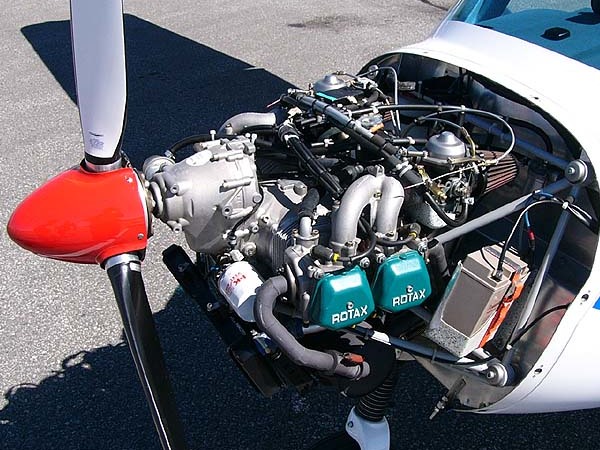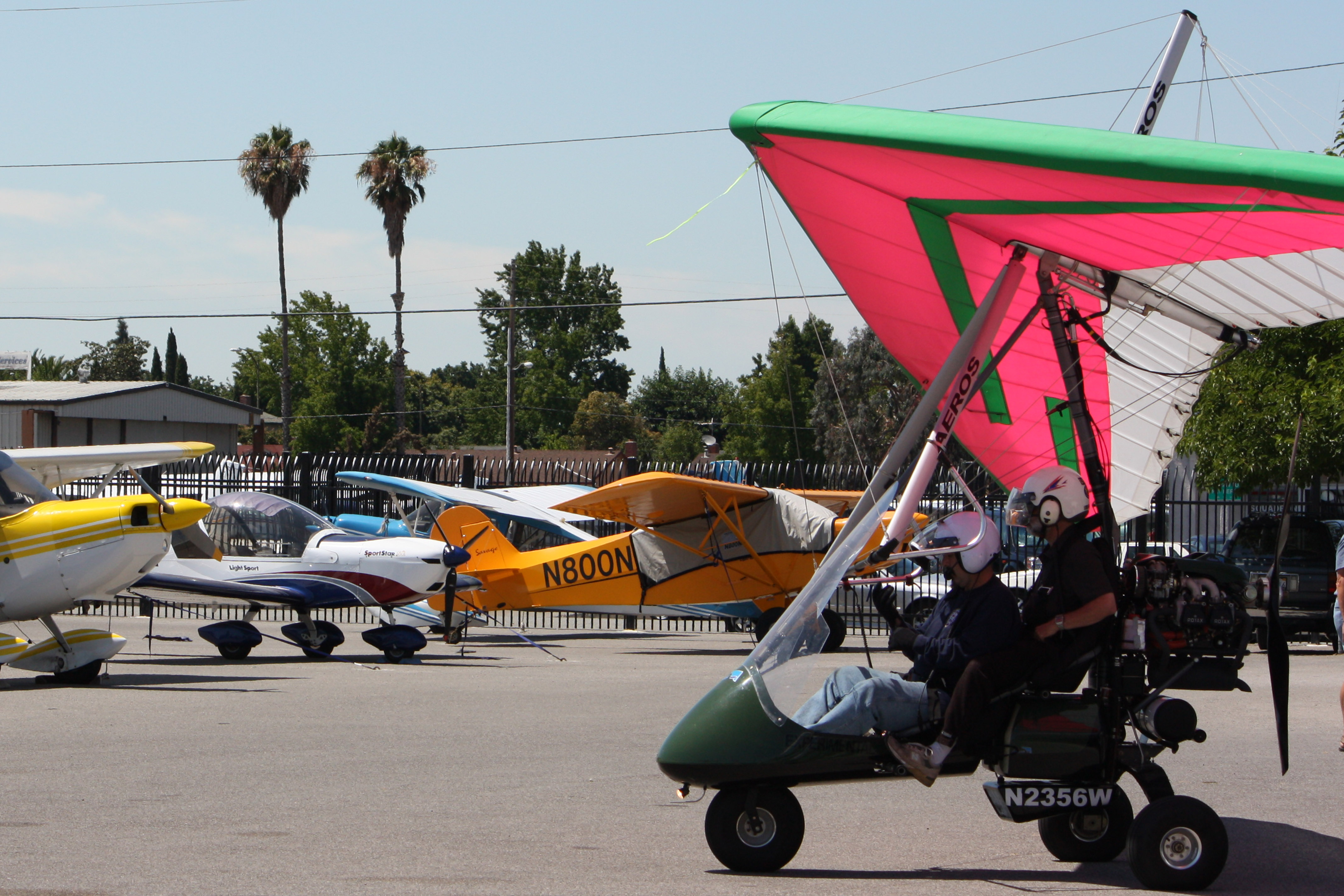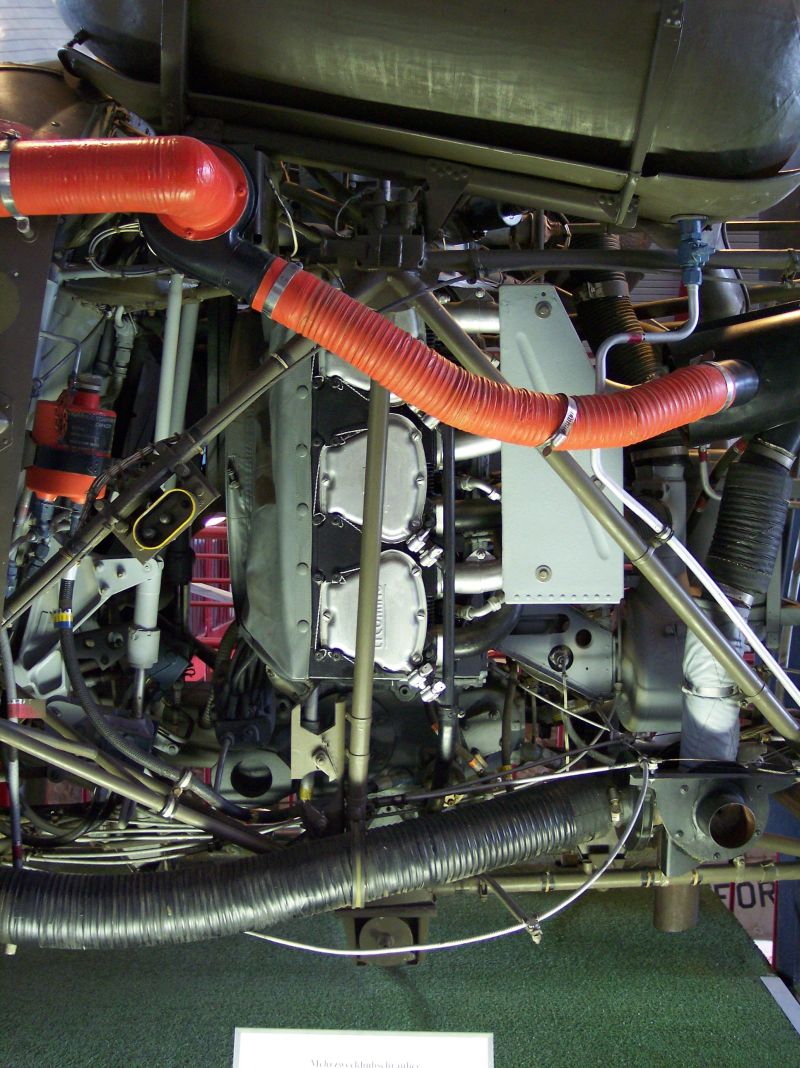|
Propeller Speed Reduction Unit
A propeller speed reduction unit is a Transmission (mechanics), gearbox or a belt and pulley device used to reduce the output revolutions per minute (rpm) from the higher input rpm of the powerplant.Gunston 2006, p. 82. This allows the use of small Engine displacement, displacement internal combustion engines to turn Propeller (aircraft), aircraft propellers within an efficient speed range. History and operation The Wright brothers recognised the need for propeller reduction gearing in 1903, but it was not generally used on aircraft engines until larger engines were designed in the 1920s. Large engines with high crankshaft speeds and power outputs demanded propeller reduction, pilots noted the increase in performance of similar aircraft fitted with reduction gearing. Types Types of propeller speed reduction units include: *Chain drive *Single reduction or Gear#Spur, spur gear *Internal spur gear *Farman or Bevel gear, bevel epicyclic gearing, planetary type *Fixed sun gear *Fi ... [...More Info...] [...Related Items...] OR: [Wikipedia] [Google] [Baidu] |
|
 |
Counter-rotating Propellers
Counter-rotating propellers (CRP) are propellers which turn in opposite directions to each other. They are used on some twin- and multi-engine propeller-driven aircraft. The propellers on most conventional twin-engined aircraft turn clockwise (as viewed from behind the engine). Counter-rotating propellers generally turn clockwise on the left engine and counterclockwise on the right. The advantage of such designs is that counter-rotating propellers balance the effects of torque and P-factor, meaning that such aircraft do not have a critical engine in the case of engine failure. Drawbacks of counter-rotating propellers come from the fact that, in order to reverse the rotation of one propeller, either one propeller must have an additional reversing gearbox, or the engines themselves must be adapted to turn in opposite directions. (Meaning that there are essentially two engine designs, one with left-turning and the other with right-turning parts, which complicates manufacture a ... [...More Info...] [...Related Items...] OR: [Wikipedia] [Google] [Baidu] |
 |
Rotax
Rotax is the brand name for a range of internal combustion engines developed and manufactured by the Austrian company BRP-Rotax GmbH & Co KG (until 2016 BRP-Powertrain GmbH & Co. KG), in turn owned by the Canadian Bombardier Recreational Products (BRP). Under the Rotax brand, the company is one of the world's largest producers of light piston engines. Gunston, Bill: "Rotax", in "Austria", in "Aero Engines," in '' Jane's All the World's Aircraft, 1995-96,'' (1995), page 690, , Coulsdon, Surrey, U.K. Rotax four-stroke and advanced two-stroke engines are used in a wide variety of small land, sea and airborne vehicles. Bombardier Recreational Products use them in their own range of such vehicles. Since the 1990s, Rotax has been the world's dominant supplier of engines for ultralight aircraft and light sport aircraft, and a major producer of engines for other light aircraft.Gunston, W.; "''World Encyclopaedia of Aero Engines''", 4th Edition, Patrick Stephens Ltd, 1998, Page 170.Bus ... [...More Info...] [...Related Items...] OR: [Wikipedia] [Google] [Baidu] |
 |
Light Sport Aircraft
A light-sport aircraft (LSA), or light sport aircraft, is a category of small, lightweight aircraft that are simple to fly. LSAs tend to be heavier and more sophisticated than ultralight (aka "microlight") aircraft, but LSA restrictions on weight and performance separates the category from established GA aircraft. There is no standard worldwide description of an LSA. LSAs in different countries The civil aviation authorities in different countries have their own particular specifications and regulations which define the LSA category. For example, in Australia the Civil Aviation Safety Authority defines a light-sport aircraft as a heavier-than-air or lighter-than-air craft, other than a helicopter, with a maximum gross takeoff weight of not more than for lighter-than-air craft; for heavier-than-air craft not intended for operation on water; or for aircraft intended for operation on water. It must have a maximum stall speed of in landing configuration; a maximum of two seat ... [...More Info...] [...Related Items...] OR: [Wikipedia] [Google] [Baidu] |
|
Lycoming O-480
The Lycoming GO-480 is a family of six-cylinder, horizontally opposed fixed-wing aircraft engines of 479.6 cubic inch (7.86 L) displacement, made by Lycoming Engines. The engine is a six-cylinder version of the four-cylinder Lycoming O-320. Design and development GO-480 series engines are installed on a number of different aircraft types. Their main competitive engines are the Continental IO-520 and IO-550 series. Variants All engines have an additional prefix preceding the ''480'' to indicate the specific configuration of the engine. Although the series is known as the "O-480", there are only geared engines in the series.FAA GO-480 Series Type Certificate. Retrieved on 10 January 2009. [...More Info...] [...Related Items...] OR: [Wikipedia] [Google] [Baidu] |
|
 |
Lycoming O-435
The Lycoming O-435 is an American six-cylinder, horizontally opposed fixed-wing aircraft and helicopter engine made by Lycoming Engines. The engine is a six-cylinder version of the four-cylinder Lycoming O-290. Design and development The powerplant is a horizontally opposed Lycoming six-cylinder design. It is a direct-drive or geared, air-cooled, and normally aspirated engine. The cylinders have steel barrels with aluminum heads, and the valves are operated by hydraulic lifters. The crankshaft is supported in an aluminum-alloy split case by four main bearings and one ball-thrust bearing, and lubricating oil is supplied from a 12 quart wet sump. The camshaft rides in journals that do not employ bearing inserts. The accessory housing supports two magnetos, a starter, a generator, and a dual tach drive. A spare mounting pad is included for a vacuum pump. Variants All engines have an additional prefix preceding the ''435'' to indicate the specific configuration of the engine. Ther ... [...More Info...] [...Related Items...] OR: [Wikipedia] [Google] [Baidu] |
 |
Beechcraft
Beechcraft is an American brand of civil aviation and Military aircraft, military aircraft owned by Textron Aviation since 2014, headquartered in Wichita, Kansas. Originally, it was a brand of Beech Aircraft Corporation, an American manufacturer of general aviation, commercial aircraft, commercial, and military aircraft, ranging from light aircraft, light single-engined aircraft to twin-engined turboprop transports, business jets, and military trainer aircraft, trainers.Edward H. Phillips, Phillips, Edward H., aviation historian, BOOK:"Beechcraft: Pursuit of Perfection: A History of Beechcraft Airplanes,"1992, Flying Books, , 9780911139112, retrieved May 16, 2017Green, William, Gordon Swainborough, and John Mowinski, BOOK"Modern Commercial Aircraft,"1987, Portland House, New York, Beech later became a division of Raytheon and then Hawker Beechcraft before a bankruptcy sale turned its assets over to Textron (parent company of Beech's historical cross-town Wichita, Kansas, Wichita ... [...More Info...] [...Related Items...] OR: [Wikipedia] [Google] [Baidu] |
 |
Helio Courier
The Helio Courier is a cantilever high-wing light Short Take-Off and Landing, STOL cargo aircraft, utility aircraft designed in 1949. Around 500 of these aircraft were manufactured in Pittsburg, Kansas, from 1954 until 1974 by the Helio Aircraft Company. The design featured four leading-edge slats that deployed automatically, and large trailing-edge flap (aeronautics), flaps. The engine was the 295 hp Lycoming O-480, Lycoming GO-480, which had a gearbox that lowered the output RPM and allowed for the use of a large three-bladed propeller to further improve takeoff performance. Couriers were famous for their takeoffs, which often took only a few plane lengths and then climbed at very high angles. During airshow demonstrations, it was common for the aircraft to actually take off across a runway. During the early 1980s, new owners (Helio Aircraft Ltd.) made an attempt to build new aircraft with direct-drive Lycoming engines, to replace troublesome and expensive geared engines ... [...More Info...] [...Related Items...] OR: [Wikipedia] [Google] [Baidu] |
|
Continental GO-300
The Continental O-300 and the C145 are a family of air-cooled flat-6 aircraft piston engines built by Teledyne Continental Motors.Christy, Joe: ''Engines for Homebuilt Aircraft & Ultralights'', pages 60-63. TAB Books, 1983. First produced in 1947, versions were still in production . It was produced under licence in the United Kingdom by Rolls-Royce in the 1960s. Development The C-145 was developed from the C-125 engine. Both powerplants share the same crankcase, although the C-145 produces an additional through a longer piston stroke, higher compression ratio of 7.0:1 and different carburetor jetting. The O-300 is a modernized C-145 and retains the same weight, dimensions, bore, stroke, compression ratio, displacement and output power of the earlier engine. GO-300 The GO-300 employs a reduction gearbox, so that the engine turns at 3200 rpm to produce a propeller rpm of 2400. The GO-300 produces whereas the ungeared O-300 produces . The GO-300 engine has a TBO (Time ... [...More Info...] [...Related Items...] OR: [Wikipedia] [Google] [Baidu] |
|
 |
Cessna 175
The Cessna 175 is a light aircraft, light four-seat, single-engine, fixed wing aircraft produced by Cessna between 1958 and 1962. A deluxe model known as the Skylark was introduced in 1959 for the 1960 model year. The aircraft is very similar to the popular Cessna 172, but has higher Aircraft gross weight, gross weight and used a more powerful version of its engine with a geared reduction drive, achieving higher performance. The Cessna 175 sat between the Cessna 172 and the larger Cessna 182 in the product line at its debut. Declining sales stemming from reputedly poor engine reliability prompted Cessna to drop the 175 and Skylark nameplates, but the company continued to produce aircraft based on the 175 for several decades, selling them as variants of the 172 and as a military trainer aircraft, the T-41 Mescalero. Production history The 175 was designed to fill a niche between the Cessna 172 and the slightly heavier, larger and faster Cessna 182. The engine of the 175, a redu ... [...More Info...] [...Related Items...] OR: [Wikipedia] [Google] [Baidu] |
 |
Homebuilt Aircraft
Homebuilt aircraft, also known as amateur-built aircraft or kit planes, are constructed by persons for whom this is not a professional activity. These aircraft may be constructed from "scratch", from plans, or from assembly kits.Armstrong, Kenneth: ''Choosing Your Homebuilt - the one you will finish and fly! Second Edition'', pp. 39–52. Butterfield Press, 1993. Peter M Bowers: ''Guide to Homebuilts - Ninth Edition''. TAB Books, Blue Ridge Summit PA, 1984. Overview In the United States, Brazil, Australia, New Zealand and South Africa, homebuilt aircraft may be licensed Experimental aircraft, Experimental under Federal Aviation Administration, FAA or similar local regulations. With some limitations, the builder(s) of the aircraft must have done it for their own education and recreation rather than for profit. In the U.S., the primary builder can also apply for a repairman's certificate for that airframe. The repairman's certificate allows the holder to perform and sign off on m ... [...More Info...] [...Related Items...] OR: [Wikipedia] [Google] [Baidu] |
|
Camshaft
A camshaft is a shaft that contains a row of pointed cams in order to convert rotational motion to reciprocating motion. Camshafts are used in piston engines (to operate the intake and exhaust valves), mechanically controlled ignition systems and early electric motor speed controllers. Camshafts in piston engines are usually made from steel or cast iron, and the shape of the cams greatly affects the engine's characteristics. History Trip hammers are one of the early uses of a form of cam to convert rotating motion, e.g. from a waterwheel, into the reciprocating motion of a hammer used in forging or to pound grain. Evidence for these exists back to the Han dynasty in China, and they were widespread by the medieval period. Camshafts were first described by Ismail al-Jazari in 1206. Once the rotative version of the steam engine was developed in the late 18th century, the operation of the valve gear was usually by an eccentric, which turned the rotation of the crankshaft i ... [...More Info...] [...Related Items...] OR: [Wikipedia] [Google] [Baidu] |